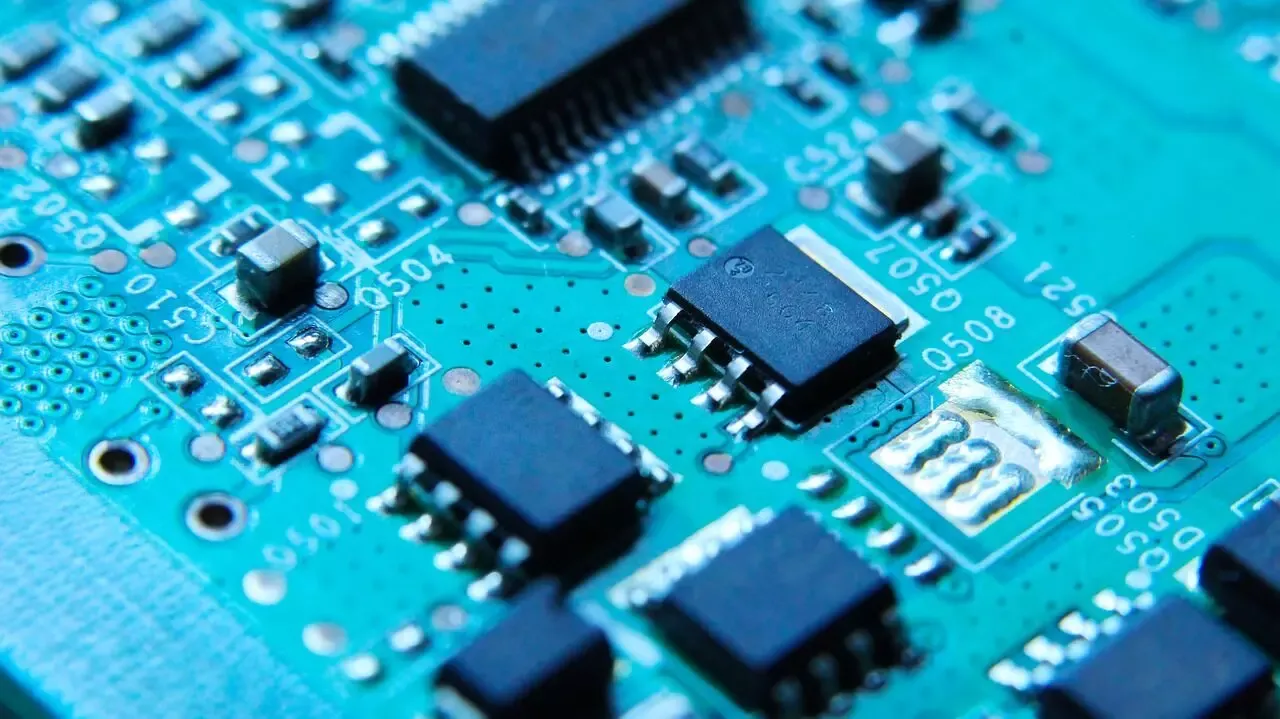Every conversation about artificial intelligence today seems to focus on models GPT-5 vs Gemini vs Claude, or how autonomous agents are taking over workflows. But here’s the truth: models don’t matter without chips. And the global race for AI hardware GPUs, custom accelerators, and quantum-ready processors may determine not only which companies win, but which countries lead the global economy in the 2030s.
From Code Wars to Compute Wars
We used to think the software layer was where all the magic happened. Open-source vs closed, reinforcement learning vs transformers, scaling laws. But as AI models balloon to hundreds of billions (or trillions) of parameters, the bottleneck isn’t talent or data it’s compute. Chips, supply chains, and fab capacity are the true choke points.
Nvidia’s recent dominance in AI is less about clever marketing and more about being the only company with scalable GPU capacity ready for hyperscale AI workloads. AMD is catching up, startups like Cerebras and Graphcore are trying to carve niches, and custom silicon from Google (TPUs) and Amazon (Trainium) show how strategic hardware is becoming.
Why Governments Are Now Paying Attention
The U.S. and EU aren’t just funding AI research they’re putting billions into semiconductor manufacturing capacity. Washington’s CHIPS Act is one example; the EU’s Chips Act is another. Both recognize that whoever controls the fabs and the chip IP effectively sets the pace of AI development. That’s why restrictions on chip exports to China have escalated: in this game, access to advanced hardware is as critical as access to oil was in the 20th century.
The Hidden Cost of Compute
Every major model announcement hides a staggering fact: training costs run into tens or even hundreds of millions of dollars. The hardware needed consumes not just money, but energy. A single large model can draw as much power as a small town. That creates another chokepoint energy infrastructure. Even if you own the chips, you need the electricity to run them sustainably.
This is why companies are chasing energy-efficient chips, neuromorphic designs, and better cooling systems. The race isn’t just “faster chips” it’s “cheaper, cooler, greener chips.” Without that, the AI boom risks overheating literally and economically.
Winners and Losers in the AI Chip Arms Race
- Big Tech: Nvidia is still king, but hyperscalers are hedging bets with in-house silicon. Expect Microsoft, Amazon, and Apple to expand custom chip projects.
- Startups: Some will fail, but others may thrive by targeting niche needs like edge AI, robotics, or real-time inference chips.
- Governments: U.S. and EU will push to secure supply chains; China will double down on domestic innovation despite sanctions.
- Researchers: Academic labs may get squeezed if compute costs keep skyrocketing, widening the gap between corporate and independent research.
What This Means for Everyday People
Most users don’t care what chip their chatbot runs on. But they will care if AI services get slower, more expensive, or concentrated in fewer hands. Hardware constraints can shape who gets access: whether AI is democratized or locked behind corporate paywalls. It also affects jobs, because regions without strong chip ecosystems may find themselves dependent on others for core AI capacity.
What to Watch in the Next 12–18 Months
- New GPU and AI accelerator launches from Nvidia, AMD, Intel, and startups.
- Breakthroughs in cooling (liquid, immersion) and energy efficiency for data centers.
- Policy battles over chip subsidies, export restrictions, and national security.
- Collaborations between hardware and model developers to optimize systems end-to-end.
My Take
I think history books will look back on this decade less as “the AI model race” and more as “the AI hardware race.” Software matters, but compute dictates who can play and at what scale. Whoever owns the best chips and the fabs to make them controls the AI future. That’s why I see today’s hardware battles as the oil politics of the digital age. If policymakers and businesses don’t grasp that now, they’ll realize too late that the bottleneck wasn’t the code at all it was the silicon it ran on.







